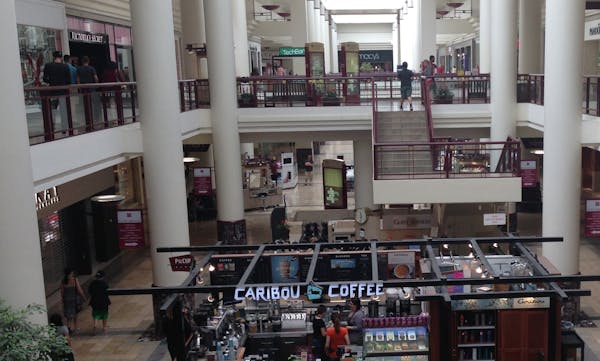Under police orders, protesters Monday morning moved off the street outside the governor's residence in St. Paul, where they have been camped out since the fatal shooting nearly two weeks ago of Philando Castile by a police officer.
As officers stood by, activists cleaned up their encampment on Summit Avenue, and allowed traffic to resume on the long east-west thoroughfare. The activists were compliant, and no arrests were necessary, police spokesman Steve Linders said.
The protesters took up their position in front of Gov. Mark Dayton's home soon after Castile, a 32-year-old black man, was shot in Falcon Heights by a St. Anthony officer during a traffic stop on July 6.
Linders said the activists were informed about 6 a.m. that they could no longer be in the street but could continue to protest "as long as it was done on the sidewalk [and] not impede traffic or pedestrians." Police have had a stretch of Summit sealed off while the protesters were in the street.
Officers handed out pamphlets to the activists explaining their rights and what's allowed and prohibited while protesting.
Protests in other parts of the Twin Cities led to two interstate shutdowns, one on Interstate 94 in St. Paul and another on Interstate 35W just north of downtown Minneapolis.
Paul Walsh

St. Paul event organizers aim for spirit of Midwest Mountaineering expos
Rosemount-Apple Valley-Eagan school district selects new superintendent

8 Twin Cities area grocery stores, ranked by affordability

